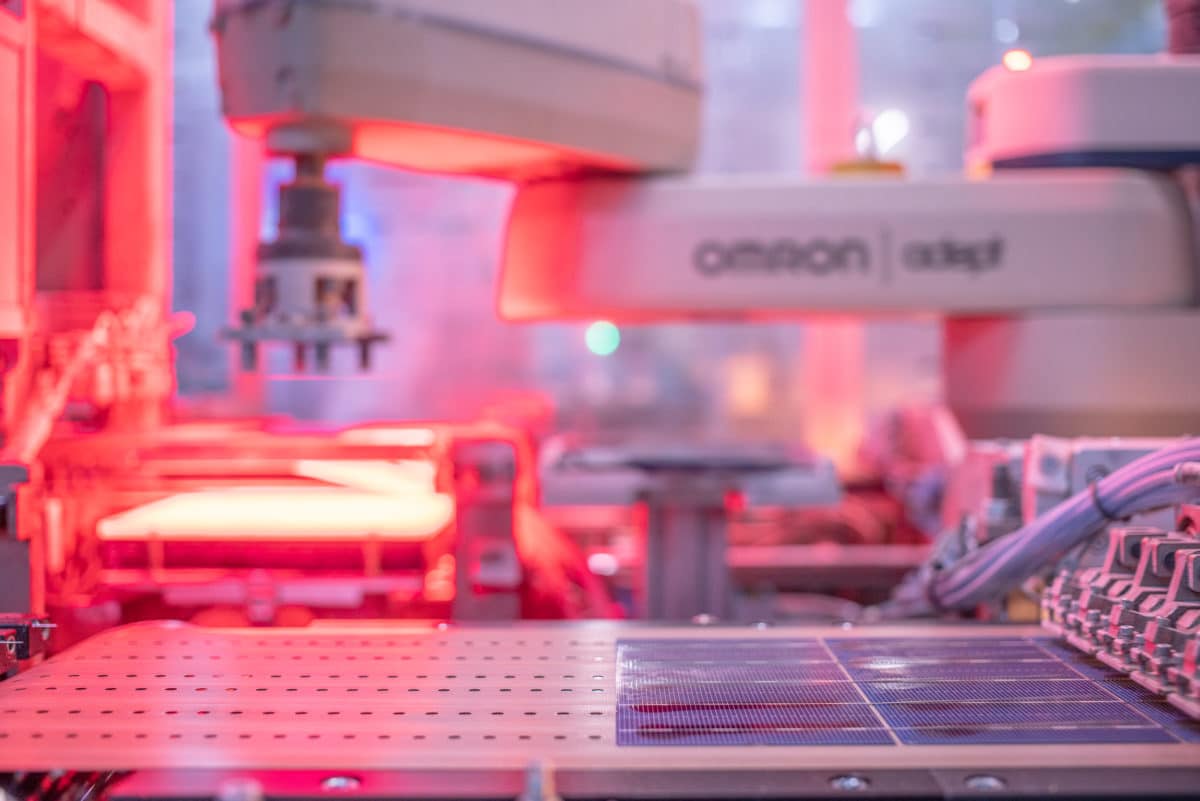Today, more than 100 GW of production facilities rely on passivated emitter rear cell (PERC) technology, the vast majority of PV production in operation worldwide. And while further improvements to the technology are becoming more difficult to find, scientists at Germany’s Fraunhofer ISE expect PERC to remain at the forefront of the solar industry for at least the next decade.
Modeling conducted by ISE shows a pathway for the technology to reach 26% efficiency, a little higher than previously thought practical in mass production, and also that PERC cells can perform strongly as the bottom cell in the tandem or multijunction devices expected to make their way into mass production in the medium term.
In an expansive new paper, Passivated emitter and rear cell-Devices, technology and modeling, published in Applied Physics Reviews, ISE scientists examine the 40 years of development that took PERC to the prominent position it occupies today, noting that while the first PERC cell was drawn in 1989, and related developments go back as far as the 1970s, mass production of the technology did not begin until 2012, and only last year did it overtake rivals to represent the biggest chunk of the market.
“The early development of PERCs was set by an intriguing series of improvements starting in 1989 and resulting in a long-standing energy conversion efficiency record of 25.0% set up in 1999,” state the scientists. “It took a decade of intense technological development to implement this structure as an upgrade to existing production lines and another decade to increase the efficiency of industrially manufactured cells to over 22%.”
Future potential
The ISE scientists calculate a range of improvements that they see as one pathway to PERC cell efficiency of 26%, without claiming that this is the only route or the one that should be chosen by the industry. These include an additional anti-reflective layer, a slightly thicker wafer at 200 microns, and busbarless, 30 roundwire interconnection.
And though perovskite-silicon tandem cells produced to date have mostly relied on heterojunction for the silicon cell, ISE notes that PERC is also a strong candidate here: “the industrial PERC device has several features that make it very attractive to serve as a bottom cell. The bottom device has to be of low-cost, and the long-wavelength quantum efficiency and open-circuit voltage should be high.”
The paper concludes that these factors in combination mean PERC technology has a strong position to defend, and will likely continue to play a vital role in PV manufacturing for years to come. “The thorough understanding of PERC devices, the used materials, productive equipment, and mature processes, as well as the still open potentials is a strong benchmark for any other PV technology to come,” the scientists conclude.
This content is protected by copyright and may not be reused. If you want to cooperate with us and would like to reuse some of our content, please contact: editors@pv-magazine.com.




Very true analysis about the PERC cell. This is definitely the future is highest efficiency solar cell of silicon material.